Street food has become synonymous with city markets, summer parties, festivals of all shapes ands sizes, and more in the UK with a bounty of flavours, cuisines, and items to explore.
The UK food to go market, which street food falls under, is on an upwards trajectory with 3.5% growth predicted for 2024 taking it to £23 billion, according to Lumina Intelligence’s UK Food to Go Market Report. If achieved, that would put it 9.3% up when compared to pre-pandemic levels.
So why should the nation’s bakers pay attention to this trend?
Well, at the heart of (or rather wrapped around) many of these convenient meals is a bakery item. From baguettes for Banh Mi to tortillas for burritos, brioche buns for burgers and hot dogs, and bao buns – there are a host of opportunities. And that’s before we’ve even mentioned the sweet treats.
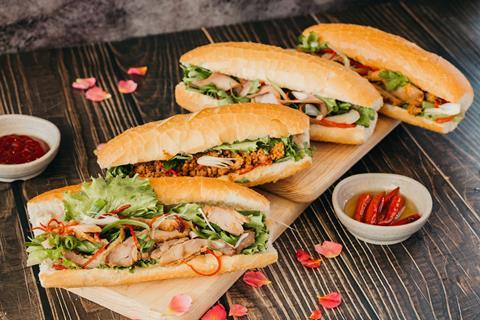
“The UK street food scene embodies excitement, storytelling, quality products and diverse global cuisines that many consumers may never have come across,” explains Michael Schofield, marketing manager for British Bakels. “With smaller servings that fit easily into everyday life, street food encourages spontaneous purchase that offers a convenient way to enjoy food – whether it be grabbing something quick for lunch or meeting a friend for a catch up.”
He points to research from the Business Gateway Market Report on street food which shows that 50% of UK consumers buy from a street food van at least once a week, and 64% are willing to spend more than the average daily lunch on street food.
It also taps in to the more adventurous eating habits of younger generations. Research by Hartman Group found that nearly a third (32%) of Gen-Z love to try new types of foods and cuisines.
“Some of the most trending dishes inspired by global flavours include tacos, bao buns, Korean & Japanese fried chicken, seafood sandwiches, and others – but traditional staples such as pizza and burgers are still firmly on consumers radars for enjoying too,” Schofield adds.
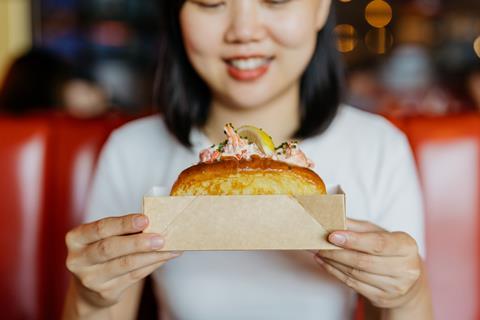
The rise of gourmet burgers
There is no end to creativity when it comes to burgers. Wagyu beef, brisket, confit duck with duck skin crackling, lobster, pork belly and truffle are among the gourmet options available in the market.
“But it’s the burger carrier, rather than the burger itself, that presents the most opportunity for bakers,” believes Schofield. “Buns, brioches, flat breads… all products which provide a strong base for creativity and innovation, and often the first thing the customer will see.
“Premium buns such as brioche have continued to make their mark on the street food scene, with brioche buns in general having grown more than 66% in the last four years,” he adds.
You only need to look at St Pierre’s success to understand how much brioche buns have taken the nation by storm. As managing director Sarah Boddy explained in a recent interview with British Baker, the demand for gourmet burgers is translating to the nation’s homes as shoppers look to recreate the out of home experience. “If they are replicating the out of home experience at home they might be investing in a premium burger or a premium sausage, and what they’re not going to do is put it in a run-of-the-mill white baguette or white roll,” she said.
Research from Bridor found that the type of bread used was one of the main criteria for European consumers when it came to choosing a burger, alongside the quality of the meat, and appearance. In fact, its survey of 6,000 consumers found that 86% of respondents think a good burger is always made with a quality bun.
“Don’t underestimate the choice of the bread,” said Bridor’s Northern European sales director, Erwan Inizan. “The choice of bread is crucial as it directly influences the taste experience and the overall texture of the burger. Its texture, flavour, size, as well as its ability to absorb the juices and sauces are also important elements to consider. Choose bread that will enhance the other ingredients in your recipe, for an optimal taste experience.”
The type of bread should go with the style of burger, Inizan highlights, adding that a “classic hamburger can be served with traditional bread, while a gourmet burger will benefit from a more sophisticated bread, like a brioche bun, a bun rich in seeds, or a puff pastry bun”.

Bridor is positioning its Viennese pastry, the Bun ‘n’ Roll, as an option for the latter noting that it “adds a twist to the preparation of burgers by providing novelty to this seemingly simple dish”.
What’s next for street food?
TikTok, Instagram, and even social media inevitably has an influence on the street food scene as users look to share and interact with the latest viral food items.
London-based YouTube channel Sorted Food, which has nearly three million subscribers, is among those using their platform to explore the street food scene across the globe with several videos dedicated to the topic. Items explored as part of these include a deep-fried sandwich (known as bread pakora), a flatbread stuffed with hotdogs, relish and mash potato called Tunnbrodsrulle, and a deep-fried bread dough from Hungary called Langos topped with sour cream and grated cheese.

Interest in creations which are perhaps lesser known to the UK is likely to grow as Schofield at Bakels notes: “we foresee street food vendors becoming more daring and creative with their dishes, opting for ‘exclusive’ and ‘limited edition’ creations that will encourage viral content and in turn, have consumers eager to try it for themselves”.
He also predicts a rise in a trend known as “fusion frenzy” coming to the fore, resulting in vendors marrying flavours from different cuisines. “We have already started to see this trend grow, with the introduction of Katsu Chicken Burgers, Fish & Chip Tacos, and more.”























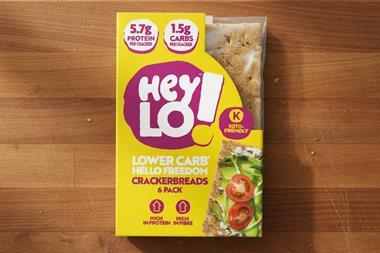


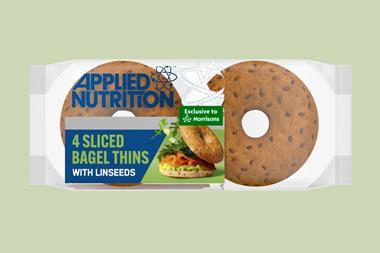


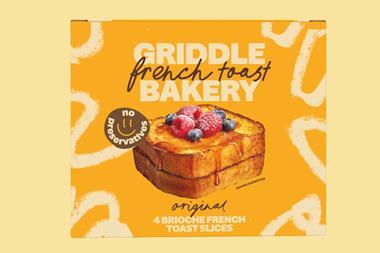

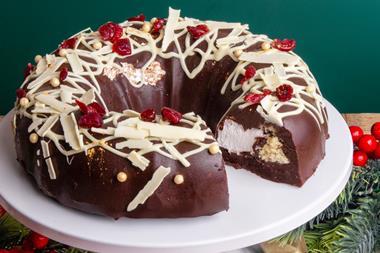

No comments yet